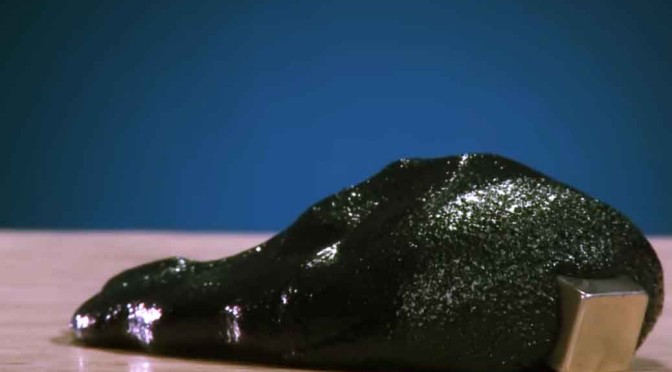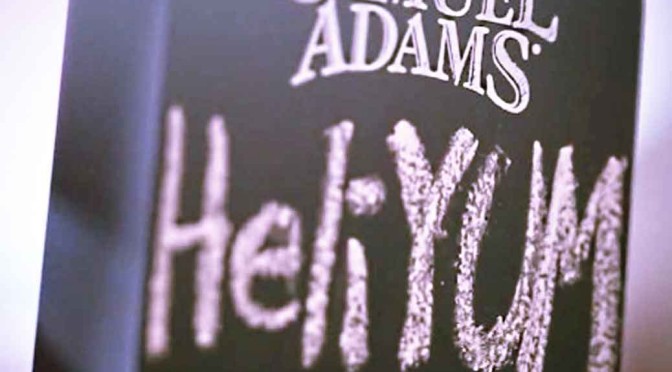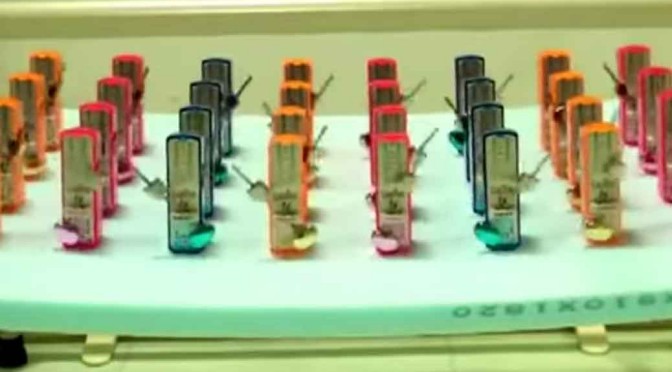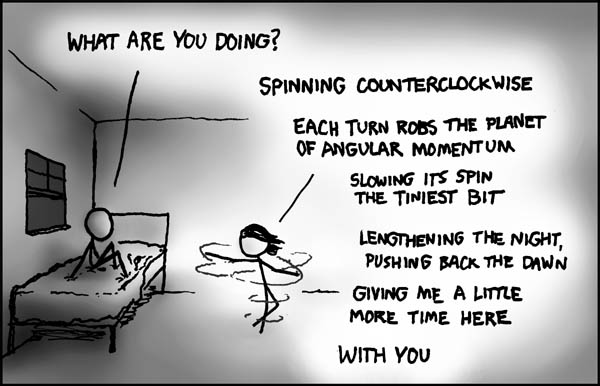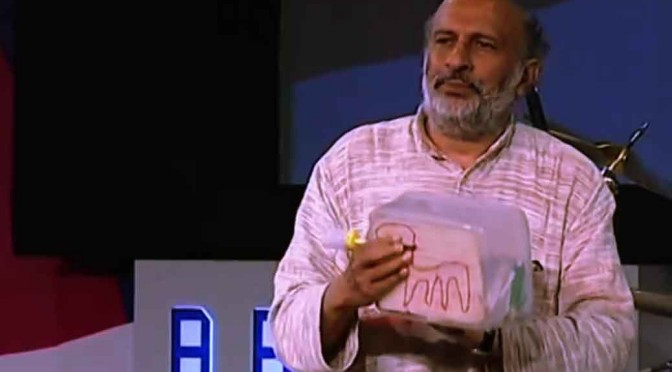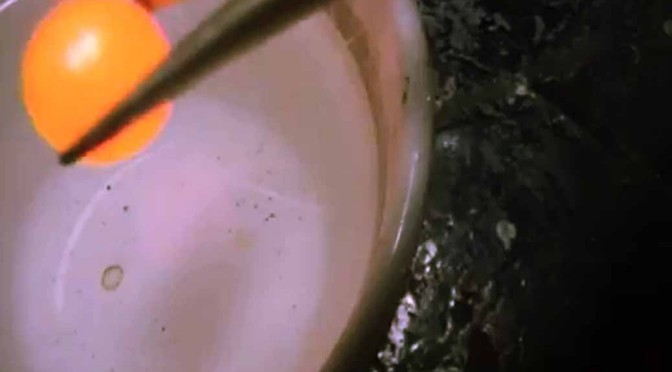By Anupum Pant
Here’s the thing. Go to ToneDeafTest.com and take that little test they have on their homepage. That is what you need to do first. Stop reading further if you haven’t done it yet.
Assuming you did what I asked you to do…
If you did well in the test (with a few silly mistakes which can be ignored), you’ll probably understand better what I’m talking about in the following article. Otherwise, you might miss the point.
Nevertheless, there is still a chance that you’d understand even if you are tone deaf. I’m not sure because I’m certain not tone deaf and it’s impossible for me to understand the subjective experiences of tone deaf people (I can boast that the first time I took it, I got a perfect score in that test). Anyway, that test is a fun thing to do. You’ll at least learn something about yourself.
The endless stairs and the endless tone
Everyone knows the endless stairs (in the picture below). Now, you’d think why is the author talking about a visual illusion just after he told us to take an auditory test. That is because the popular visual illusion helps you to relate better to a relatively lesser known auditory illusion.
If you start going up on the endless stairs, you always keep moving up. Even after you come back to the same place, you still keep going up. An impossibility. But it’s something that fools your eyes. The same thing happens if you start going down the stairs.
A similar thing can happen with tones. Listen to the following (continuous?) note sweep.
It sounds like a tone that is continuously going down, endlessly. Only, it isn’t. It’s actually a much smaller looped sound that starts from a high point and then goes down. These little loops have been placed one after the other. If you do not carefully listen to it, you’ll never find the exact point at which one loop ends and the next loop starts. You’ll always interpret it as a continuously going down sound. Just like the continuously going down stairs. This is called the Shepard tone.
This works for discreet notes also. Listen to this endless mario stairs video to get an idea how it works for individual notes (not sweeps).
Why?
Notes are not simple frequencies. A single note is usually composed of several other frequencies. To not overwhelm us with data, the brain puts all these frequencies together and we hear a single sound (note).
Also, our brains like continuity. So, it cherry picks the frequencies from the loop’s notes that makes us hear a continuous sweep. This is the reason we hear no individual loops. Bah! I’m not very good at explaining this. So, here goes the Vsauce video which explains it better. Note that the arrows in the video are the frequencies I was talking about…



